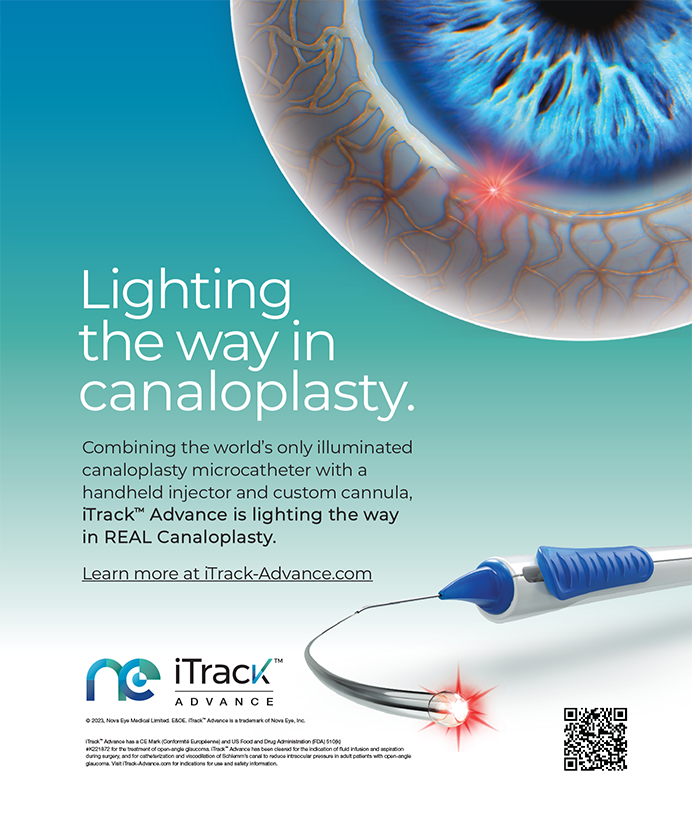The LenSx Laser (Alcon Laboratories, Inc.) is an exciting addition to surgical practices across the country. In my experience, the laser helps achieve more comprehensive, titratable outcomes for cataract patients and for those who are candidates for premium IOLs. With a femtosecond laser, surgeons can construct arcuate incisions to exact depths and specific degrees, which greatly improves the predictability and manageability of refractive outcomes. The automation of certain manual steps of the cataract procedure is requiring cataract surgeons to re-evaluate the procedure with regard to the instrumentation they use.
EIPPERT SPATULA
One of the initial challenges surgeons may face when beginning to perform laser cataract surgery is finding the proper instrumentation with which to enter and open primary and secondary incisions. Many options are available, and initially, surgeons may rotate through their various spatulas, rotators, hooks, and choppers. Ophthalmologists will need an instrument that easily and precisely opens the incisions and can penetrate the epithelium if necessary. The capability of opening the incisions to their full potential for the proper insertion of cannulas and lens rotators is helpful as well.
After struggling with various instruments to effortlessly and accurately open both primary and secondary incisions created with the femtosecond laser, I designed the Eippert Spatula (Accutome, Inc.) to accomplish this goal in a single pass. The straight end has a 1-mm tip that enters the secondary incision and consistently permits the placement of a chopper or lens manipulator without excess leakage. The tip is slightly pointed to break through epithelium or thin limbal conjunctiva if the incision is slightly more peripheral than expected. The opposite, angled end of the instrument can be used in two directions (Figure). Again, with the pointed end, the surgeon can place the tip perpendicular to the incision and enter the initial 90º aspect of the bi- or triplanar incision. Then, turning the instrument flat, he or she can open the primary incision without sweeping to enlarge or stretch the wound's boundaries and architecture. With a simple, single in-and-out motion, both incisions can be opened without effort. In my experience, this one instrument has proven to be all that I need to confidently and accurately open incisions made with a femtosecond laser.
CONCLUSION
Many new instruments are being designed for laser cataract surgery, specifically to separate the quadrants of the lens, remove the capsulorhexis' disc, and hydrodissect the cortex. The Eippert Spatula is an example of how advances in surgical technology can allow for parallel advances with surgical instrumentation.
Greg Eippert, MD, is a surgeon at Ophthalmic Physicians, Inc., in Mentor, Ohio. He acknowledged no financial interest in the products or companies mentioned herein. Dr. Eippert may be reached at (440) 255-1115; geipe@aol.com.


